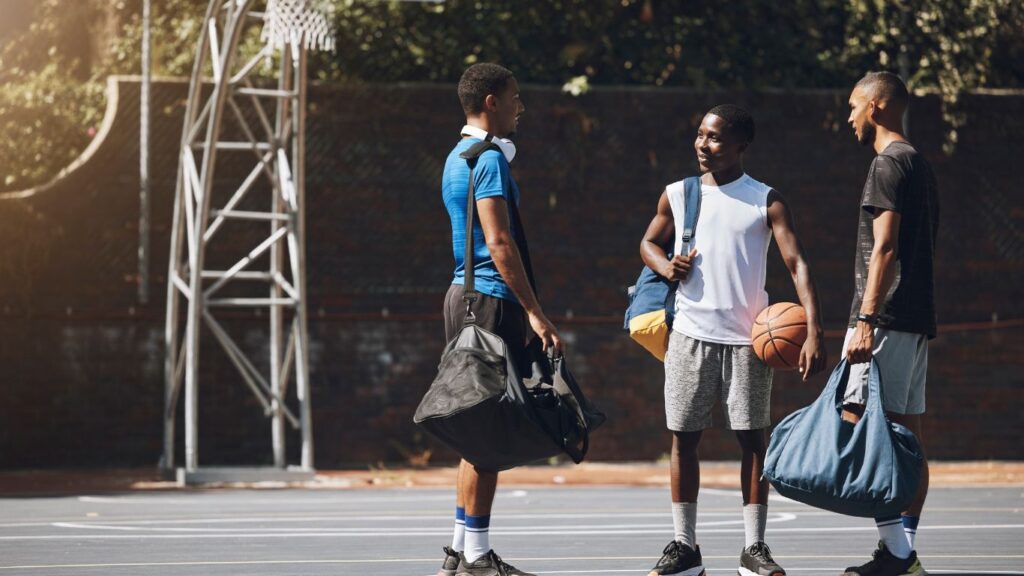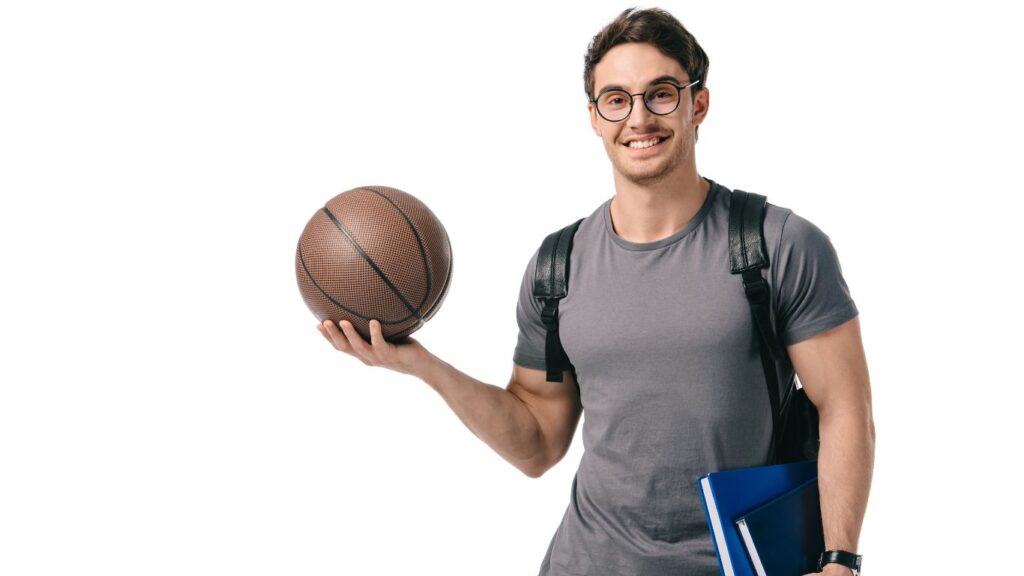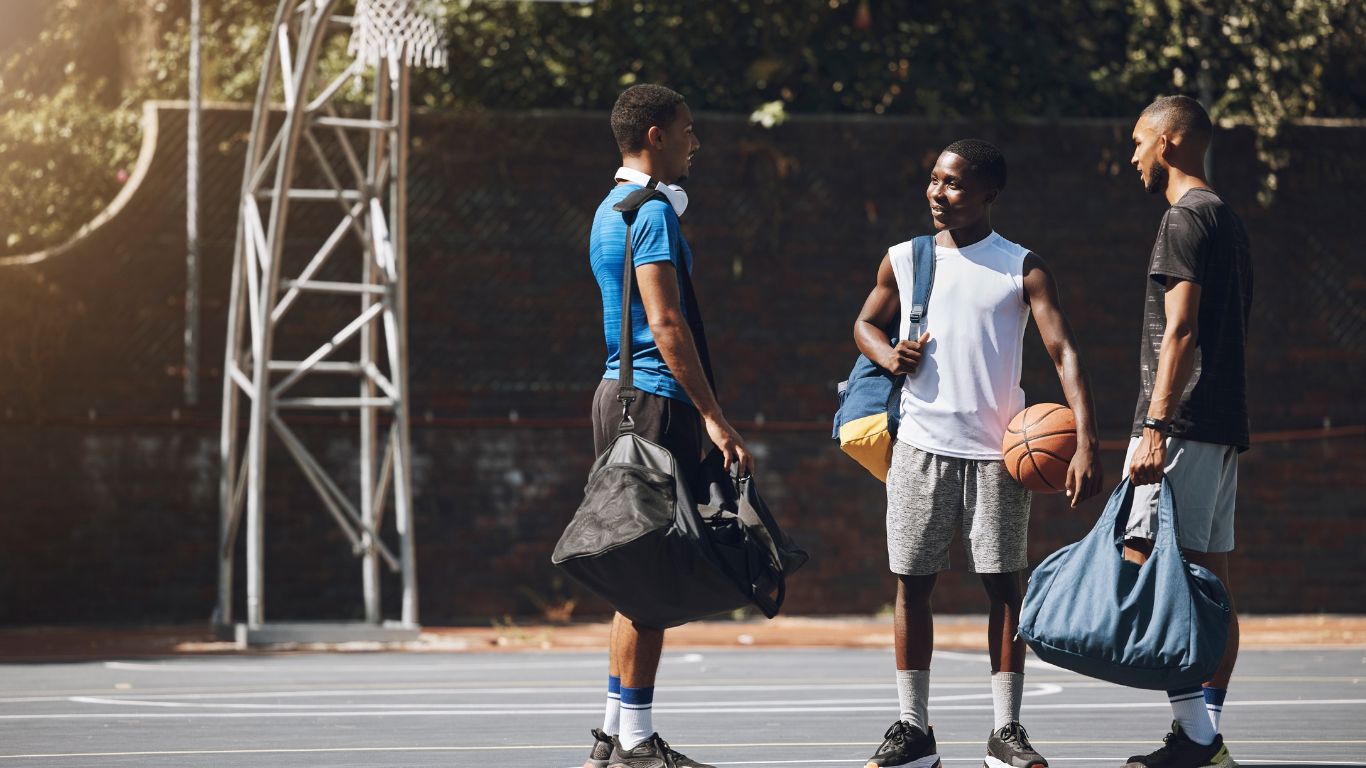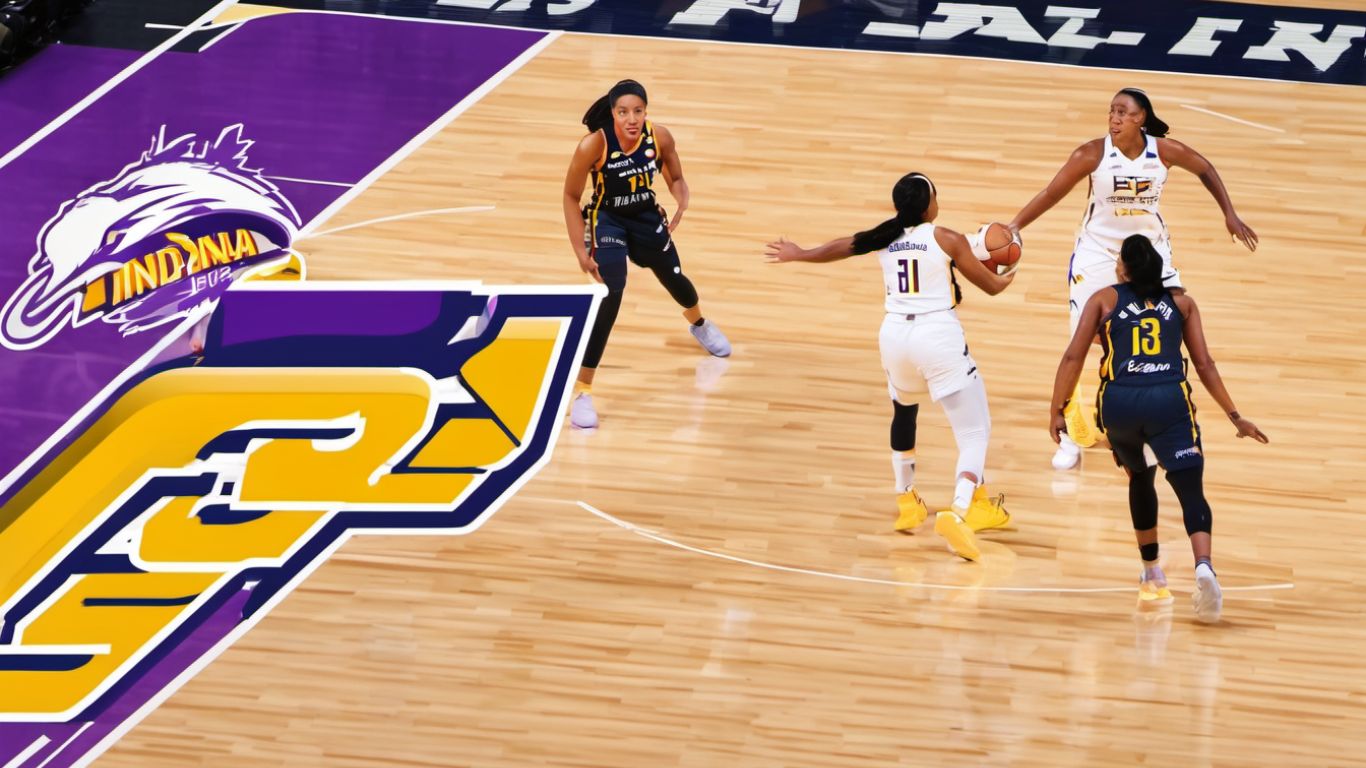In the fast-paced world of basketball, the ability to dribble effectively is a fundamental skill that distinguishes good players from the great. However, even the most skilled ball handlers must play by the rules, and one crucial dribbling regulation is the prohibition of carrying the ball.

Carry Defined
Carry, also known as palming, is a violation in basketball that is identified by a player’s positioning of their hand under or to the side of the ball while dribbling. The core issue with carrying is that it allows the player to have more secure control over the ball, which is considered unfair and not in accordance with the sport’s standards.
During a legal dribble, the player’s hand should remain on top of the ball. If the ball comes to rest in the player’s hand or if the player’s hand changes to an underneath position, it disrupts the continuity of the dribble. Once the hand is positioned in a way that halts the ball’s natural bounce and movement, the player gains an excessive advantage in maneuverability and control, thereby violating dribble guidelines.
Examples of Carry in Basketball
To better understand carrying, consider these scenarios:
- A player is advancing the ball up the court and decides to make a quick change in direction. In the process, they momentarily halt the ball’s upward bounce by letting it rest in their hand, with their hand to the side of the ball.
- Another example may involve a player who looks to drive past a defender. As they begin their move, they slightly turn their hand underneath the ball, suspending its natural motion and “carrying” it to gain an advantage in direction changes or speed.
Both instances constitute a carry because the action of the hand fundamentally alters the balance between the offense and defense. In these examples, the offensive player is not simply guiding the ball; they are momentarily gaining control in a manner that skews the nature of the dribble.
Carrying: More Than Just Palming
It’s crucial to note that the term “carry” isn’t limited to palming the ball. It’s an action where the ball handler violates the dribbling rules by grasping or holding the ball during a dribble. This aspect of dribbling requires vigilant oversight from referees to ensure a fair contest and compliance with the sport’s rules.
Since carrying the ball can afford an offensive player an undue edge, especially regarding pace and agility on the court, referees are on the lookout for any hand movements that appear to grip or hold the ball, as opposed to maintaining a continuous, legal dribble.
By understanding what carrying is and recognizing its examples, players can improve their handling of the ball without infringing on the rules, while fans and aspiring referees can appreciate the nuances of the game’s regulations and fair play.

FAQs
What happens if a carry is called in a basketball game?
When a referee calls a carry, the game is stopped, and possession of the ball is turned over to the opposing team. It’s considered a violation, similar to traveling or a double dribble, and the offensive team loses the ball at the spot of the infraction.
Can you correct a carry during play?
Once a carry has been committed, it cannot be corrected during continuous play. The player must focus on maintaining proper hand position in future dribble attempts to avoid repeating the violation.
How do officials spot a carry?
Officials look for when a player’s hand moves underneath the ball, and either slows its descent or stops it entirely, changing the natural bounce of the dribble. They also watch for any unnatural movement that suggests the player is gaining an unfair advantage.
Is it carrying the same in all basketball leagues?
While the basic definition of carrying is consistent across basketball leagues, the interpretation and enforcement can vary. Professional leagues may allow more leeway for carrying compared to amateur or youth leagues, where the rules are enforced more strictly.
How can players avoid committing a carry?
Players can avoid carrying by ensuring their hand stays on top of the ball during a dribble and by practicing dribbling with proper form. Working on hand positioning and control can help players naturally adhere to the rules without having to consciously think about avoiding a carry.
Conclusion
Understanding the regulation against carrying in basketball is crucial for players, coaches, and fans alike. This rule not only maintains the integrity and fairness of the game but also challenges players to hone their dribbling skills within the confines of legal play. Mastery of dribbling, without resorting to carrying, showcases a player’s technical prowess and respect for the sport’s rules. For aspiring players, focusing on correct hand placement and continuous practice under supervision can drastically reduce instances of carrying. Meanwhile, fans and officials who grasp the subtleties of this rule contribute to a more informed and appreciative basketball community. Ultimately, the prohibition of carrying in basketball underscores the balance between skillful play and adherence to the sport’s cherished principles.









